1275. Update on the Renovation of the Salt Lake Temple! from Meridian Magazine
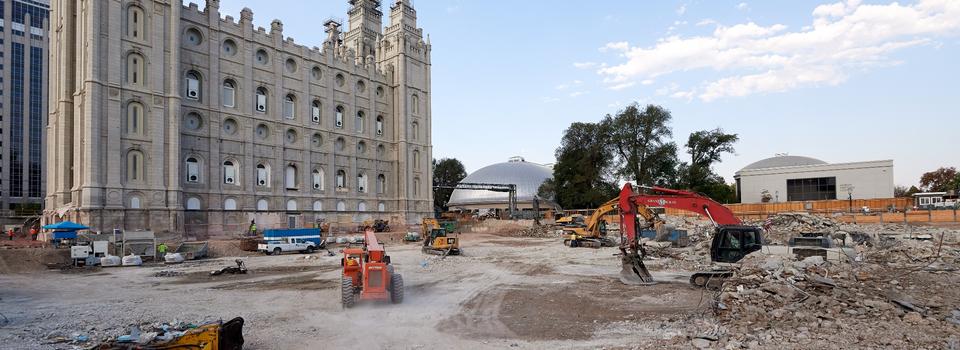
A Window Into Past, Present and Self: Salt Lake Temple Renovation Enters the Foundation-Strengthening Phase
Sealing addition, north entrance, and underground facilities removed to make way for extensive excavation
People passing through Main Street Plaza on Temple Square can now look through the construction project fence windows and see some 170 years into the past.
The extensive renovation of the Salt Lake Temple, now in its ninth month, has laid bare much of the foundation stone first set by pioneering Latter-day Saints when the temple was in its infancy in 1853.
“It’s special to see those stones. It makes me think of the times in which the stones were laid, the resources that the Saints had during those times and the struggles they were going through,” says Andy Kirby, director of historic temple renovations for the Church. “Compare it to our days when, yeah, we may be struggling with worldwide pandemics and things like that, but our resources are very different and our technology is different.”
Such a historical perspective is helpful, says Kirk Dickamore of Jacobsen Construction, because it infuses the workers with a hope for this massive undertaking.
“The pioneers had their challenges and issues. They came into the valley. They had to build their homes. They had to plant crops. They had issues that they were dealing with,” says Dickamore, who oversees the Salt Lake Temple renovation project for Jacobsen. “We, too, have had issues with COVID-19, the [March 2020] earthquake and so forth. I know that we can get through it because the Lord is guiding this work and He’s influencing our activities each and every day.”
The 5.7 magnitude earthquake that hit on March 18, 2020, caused crews to pause for about one week while safety assessments were conducted. Some aspects of the renovation, such as the removal of the Moroni statue and temple spires, were expedited. COVID-19, on the other hand, has not disrupted the project, because Utah deems construction work essential. Instead of hindering the work, the pandemic has led to an increased emphasis on the holistic wellness of each worker.
“[The pandemic] has made us a lot more focused on people’s safety on-site. And not just their physical safety, but also their health and well-being,” says Spencer Loveless, a project manager with Jacobson who manages scheduling for the Temple Square construction site. “COVID is changing how we can move manpower through the building and how many people can be working next to each other at any one time.”
Repurposing the Rubble
To look at the construction site is not only to glimpse into the past but also, for those familiar with the immaculate grounds of Temple Square, to see an unfamiliar world of dirt, rubble and organized chaos. Over the summer, the sealing addition (used for temple marriages), temple north entrance, underground facilities (such as the cafeteria and locker rooms) and other portions of the north and east sections of the temple area were dismantled and removed to prepare for 40 to 60 feet of excavation.
“In this phase of the construction process, it may look a little bit shocking to some,” Kirby says. “It’s a little bit messy and there’s been significant changes around the temple. But trust that this is a phase and a step [in] the important process of strengthening the temple and preparing it for many generations in the future.”
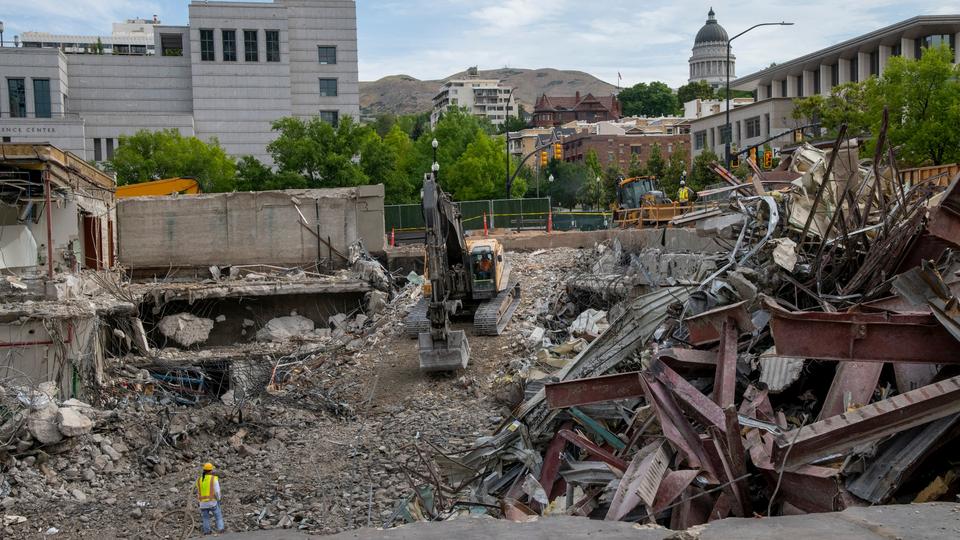
Although much in the immediate vicinity of the temple has been reduced to rubble, the detritus is being put to good use. As a good steward of the environment, the Church sends debris to be recycled. Workers break up concrete and separate the rebar and reinforced steel. Concrete and stone then go to a crusher, so they can be used in other construction projects in the valley.
“Our effort is to repurpose as many of the materials as possible and to reduce the amount that we send to the landfill,” Kirby says. “We’re doing a great job with that. Our estimates will exceed well the minimum requirements by the city. We’re proud of our efforts to be good stewards of that process.”
Consolidating the Foundation
With the temple’s foundation stones more exposed, crews are strengthening them to prepare for the installment of the base isolation system, which will help the sacred structure withstand a high-magnitude earthquake. Because the foundation stones are of different sizes — some in better condition than others — workers are drilling three-inch-wide holes at different angles into the foundation footing. On the north and south walls, these holes go to depths of eight to 14 feet; on the east and west walls, the holes stretch from 10 to 35 feet deep. The holes are then pumped full of high-strength grout, which pushes into the voids and joints of the existing foundation stones, binding them together into a more cohesive structure.
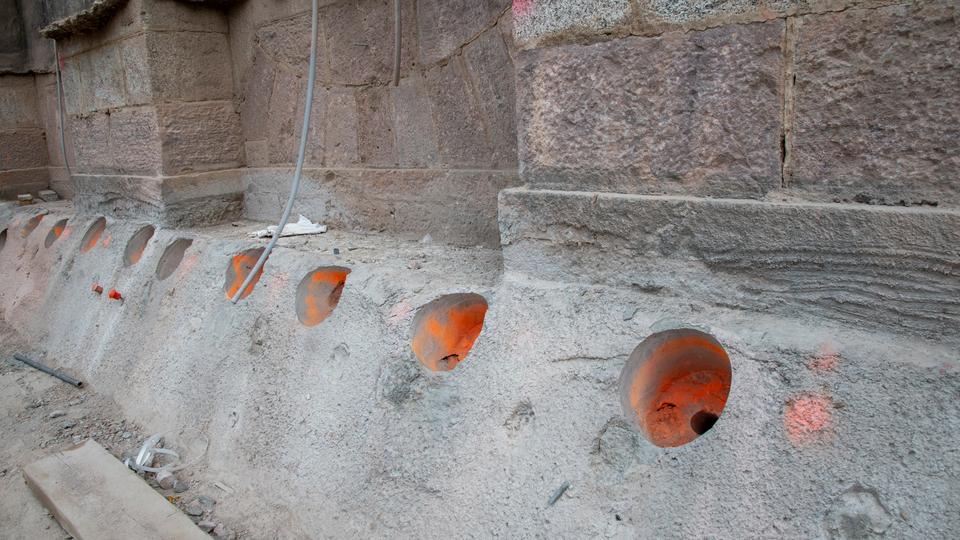
“Once that happens, [we will drill] new holes in there, putting metal rods into the foundation that will be stressed, and that will help pin the foundation together,” says Brandan Rowley, who is in charge of the seismic portion of the project. “That will help as we build around [the temple] and [install] transfer beams. That will help the foundation take the stress of actually sitting on top of the isolators.”
Other important actions are being taken to prepare for the extensive excavation. Vertical shoring piles have been installed near North Temple Street. These will accommodate the excavation that will make way for the lower floors of temple facilities. Also, drillers are constructing secant walls around the temple foundation. These are retaining walls made of reinforced piles of interlocking steel beams, four-inch-thick wood lagging and anchoring cables. When complete, a retaining wall will encircle the temple, extending from the temple foundation to the bottom of the excavation.
The Seismic Upgrade as a Metaphor for Life
“As we’ve prepared for this project over the last year and a half, we’ve talked about the significance of the historic Salt Lake Temple,” says Scott Chambers, a vice president of Malcolm Drilling. “We’ve really taken that into consideration as we’ve designed the support of excavation, realizing that we’re holding up a historic structure that is very important to the members of The Church of Jesus Christ of Latter-day Saints.”
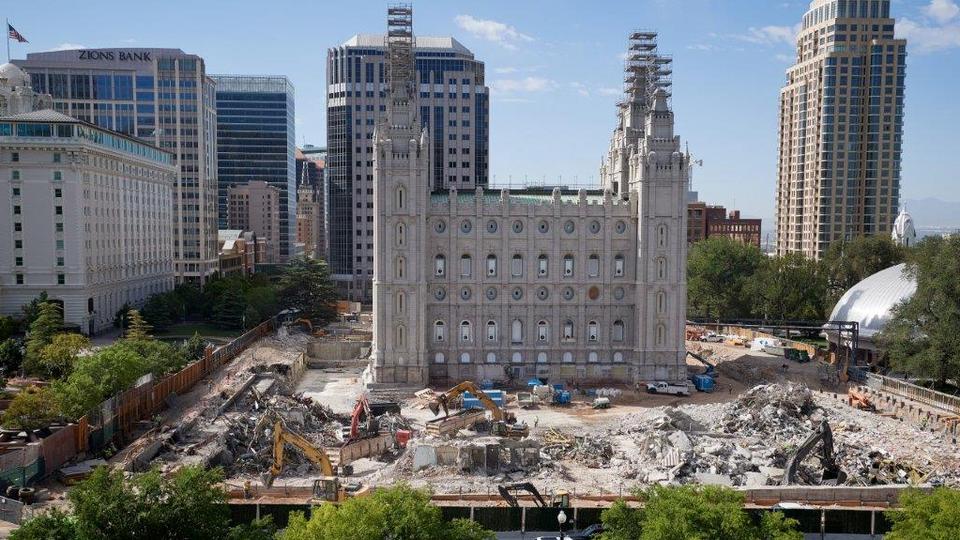
Rowley, who helped install a base isolation system at the Utah State Capitol, knows that few buildings merit the time and effort required for this kind of seismic upgrade.
“In my opinion, there are some buildings that are worthy of a base isolation [system]. This is definitely one that I believe is deserving of it,” he said. “If any building in the valley is worthy of going to this extent, this is the one.”
The current work of strengthening the foundation — what Kirby says is perhaps the most difficult part of the renovation — will continue through the end of 2020. In a year when an earthquake, a pandemic and strong winds have hit close to home for the people of Salt Lake City, Kirby sees this seismic upgrade as a fitting metaphor for life.
“What do we need to do to strengthen our own spiritual foundation?” he asks. “We need to trust in the rock of our salvation, Jesus Christ.”
Thus, the scene visible through the construction project fence windows on Temple Square is also a view into a faith-filled legacy and an invitation to look within ourselves.

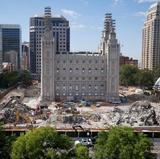

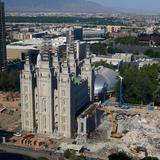

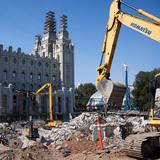
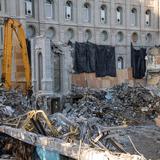
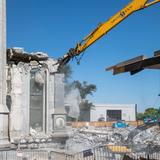
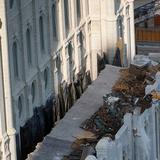
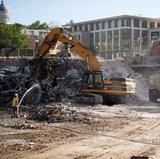

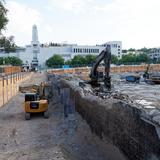
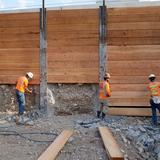
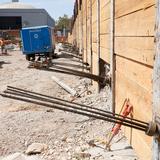

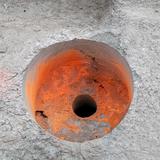
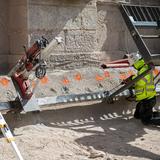
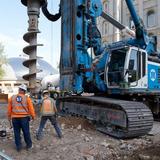
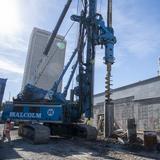
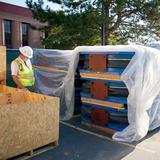


Comments